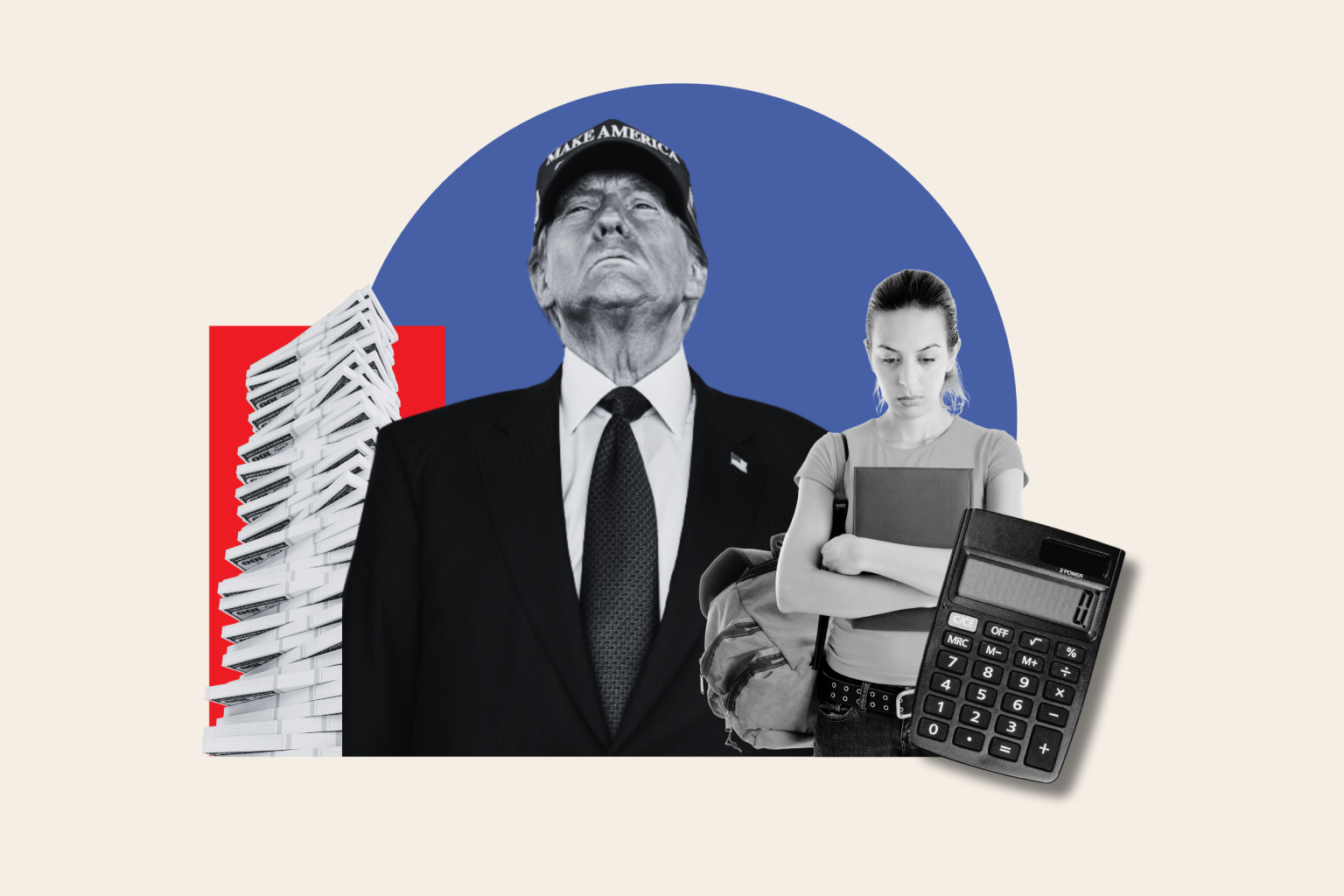The landscape of federal student loans has undergone significant transformation since Donald Trump’s previous presidency. His successor, Joe Biden, prioritized alleviating student debt, implementing various loan forgiveness initiatives. While several of these plans were ultimately blocked by legal challenges, and the Saving on a Valuable Education (SAVE) plan remains in legal limbo, the Biden administration managed to cancel federal student loans for a substantial 5 million borrowers over four years, culminating in a final $600 million relief package for 150,000 borrowers in his final days in office. Trump, however, has signaled a stark departure from this approach, utilizing executive orders to reverse Biden-era policies and hinting at a significant shift in the federal government’s approach to student debt. Conservative voices anticipate a move away from loan forgiveness and a return to stricter consequences for non-repayment.
The specifics of Trump’s student loan policies remain unclear. While the issue hasn’t dominated his recent campaign or initial days back in office, insights can be gleaned from conservative legislative proposals. Project 2025, a conservative blueprint though not officially endorsed by Trump, suggests streamlining Income-Driven Repayment (IDR) plans into a single option while eliminating the provision for eventual loan forgiveness after a set period of payments. This echoes broader Republican efforts to curtail IDR programs. The House Budget Committee, for example, has prioritized repealing Biden’s SAVE plan, projecting significant cost savings for the government over a decade. This repeal aims to replace existing IDR plans with an option devoid of time-based forgiveness.
Further proposed Republican changes include eliminating Parent PLUS and Grad PLUS loans, programs designed to assist parents of undergraduate students and graduate students, respectively. The student loan interest deduction, allowing borrowers to deduct a portion of their interest payments from their taxes, also faces potential elimination. These proposed cuts, while lauded by some as fiscally responsible, raise concerns about increased student debt burdens and potential economic repercussions. Experts predict a less optimistic outlook for loan forgiveness and increased financial strain on borrowers if these proposals are enacted. Advocacy groups warn of widespread economic disruption, with millions of families facing higher monthly payments and increased difficulty affording college.
However, not all Republican proposals present a uniformly harsh outlook for student borrowers. Representative Mike Lawler’s Affordable Loans for Students Act proposes a significant interest rate reduction to 1 percent for both new and existing federal student loans. This contrasts with the current undergraduate loan interest rates hovering around 6.53 percent. Lawler argues that this measure would enhance access to higher education and make loan repayment more manageable, addressing the escalating costs of college.
Thus, the future of student loans under the Trump administration presents a complex and potentially contrasting picture. While the general trend appears to favor fiscal conservatism and a reduced emphasis on loan forgiveness, countervailing proposals suggest potential avenues for interest rate relief. The ultimate direction of student loan policy will depend on the interplay of these competing forces and the specific legislative actions undertaken by the administration and Congress. Borrowers face a period of uncertainty, with the potential for significant changes to repayment plans, loan forgiveness programs, and the overall cost of higher education.
The divergent approaches underscore a fundamental philosophical difference in how to address the student loan crisis. The Biden administration, driven by a focus on affordability and economic relief, championed loan forgiveness and more generous income-driven repayment plans. Conversely, the emerging conservative approach under the Trump administration prioritizes fiscal responsibility, reducing government spending, and potentially placing a greater emphasis on individual responsibility for debt repayment. This tension between affordability and fiscal prudence will likely define the future of student loan policy debates.
The ultimate outcome will have profound implications for millions of Americans burdened by student loan debt. The potential elimination of forgiveness programs, coupled with cuts to income-driven repayment plans, could significantly increase monthly payments and prolong the repayment period for many borrowers. Conversely, the possibility of lower interest rates could offer some much-needed relief. The coming months will be crucial in determining the specific policies enacted and their impact on borrowers and the broader economy.

